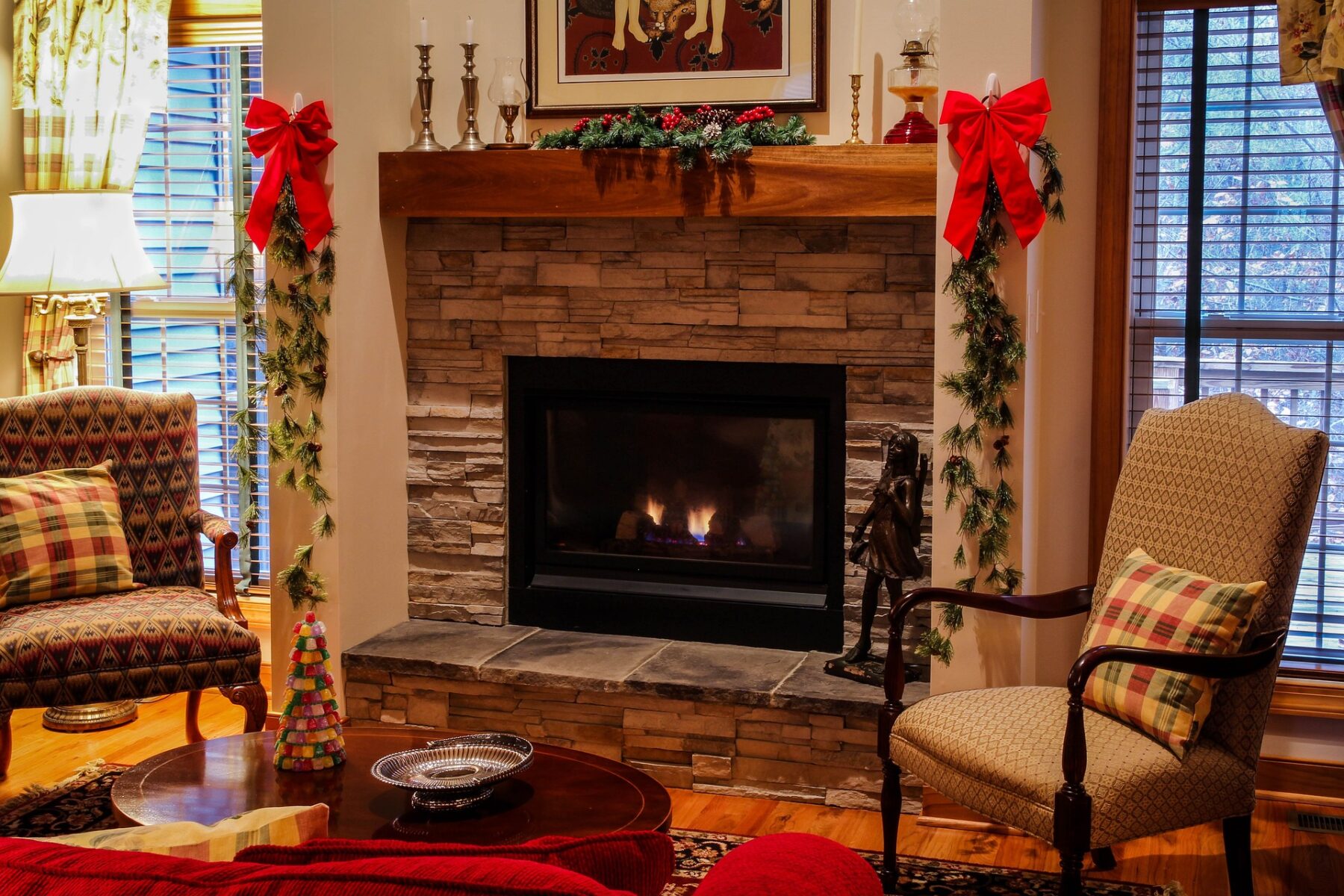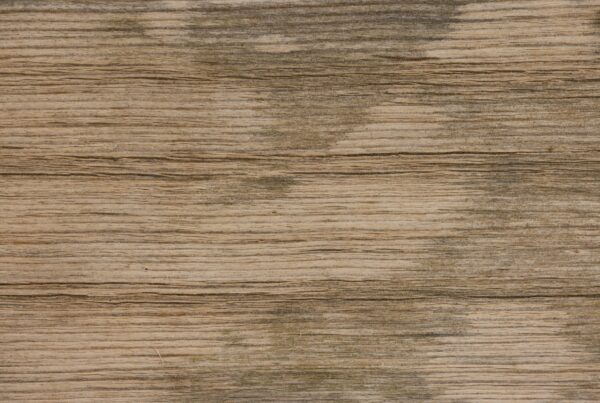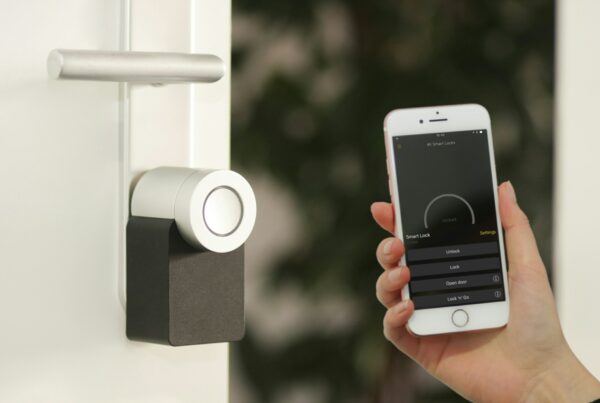Last Updated on October 20, 2022
While a place is soothing and welcoming, proper maintenance is crucial to ensuring it performs effectively and safely. Neglecting fireplace maintenance means it won’t run as efficiently as it should. There are over 25,000 chimney fires that result in more than $125 million in property damage yearly in the United States. With proper fireplace maintenance, the fire risk is significantly reduced. Chimney maintenance and care extend your fireplace’s life and its components. Here are five fireplace maintenance tips.
Replace or repair cracked or damaged fireplace glass
Fireplace glasses aren’t designed to last forever. While they’re built to withstand high fireplace temperatures, prolonged heat exposure weakens the glass. If your fireplace glass has served you for a long time, replace it before it breaks and shatters. Scratches and cracks are signs that the fireplace glass needs repair or replacement. Over time, soot builds up, discoloring your fireplace glass.
While regular glass cleaning can help keep a clean look, continuous exposure may result in irreversible discoloration, necessitating a replacement. If your fireplace door glass is still in good condition but doesn’t match your interior décor, you can update it to the latest or custom design that suits your style. Consider reaching out to fireplace glass experts like vanisleglass.com for all your repair and replacement needs.
Schedule a chimney inspection
A chimney inspection involves evaluating your venting system or chimney to examine its condition and ascertain whether it’s fit for use. While you can’t eliminate all the carbon monoxide and fire risks linked to your fireplace, you can find ways to lessen the risk while making heating your space safer.
Chimneys should be inspected at least once yearly by a certified professional. Scheduling a professional chimney inspection ensures experienced eyes check your system for and address flue blockages, creosote buildup, cracks, damage, leaks, and other concerns that might increase carbon monoxide poisoning or fire risk or result in costly problems. You may also plan a chimney inspection if you’re:
- Changing your system, including replacing the flue liner, changing fuel or appliance type, and more
- Moving to a new home
- Had a chimney fire or other significant events that might have damaged your chimney system
- Having issues with the chimney system
Clean your chimney
A wood-burning fireplace generates a lot of smoke and heat, causing creosote buildup, which can cause a chimney fire. Cleaning your chimney eliminates potentially dangerous creosote and any flammable debris from your flue. With the right cleaning tools, you can clean the chimney yourself.
Install smoke and carbon monoxide alarms
Fireplaces are a possible health hazard source. If your vent or chimney system is clogged, you may experience carbon monoxide poisoning because this gas is colorless and odorless, making it hard to detect. Fireplace smoke is another health concern. If your chimney system is blocked, smoke can get into your home. Consider installing smoke and carbon monoxide alarms to ensure family safety.
Use the right wood
Not every wood type is suitable for a fireplace. Seasoned hardwoods, including birch, maple, and oaks, are ideal than softwoods such as pine and cider because they have less moisture, produce less creosote, burn longer, and generate more heat. However, they’re more expensive.
Endnote
Maintaining your fireplace reduces fire and carbon monoxide risks while ensuring longevity. Use these tips for your fireplace maintenance.




